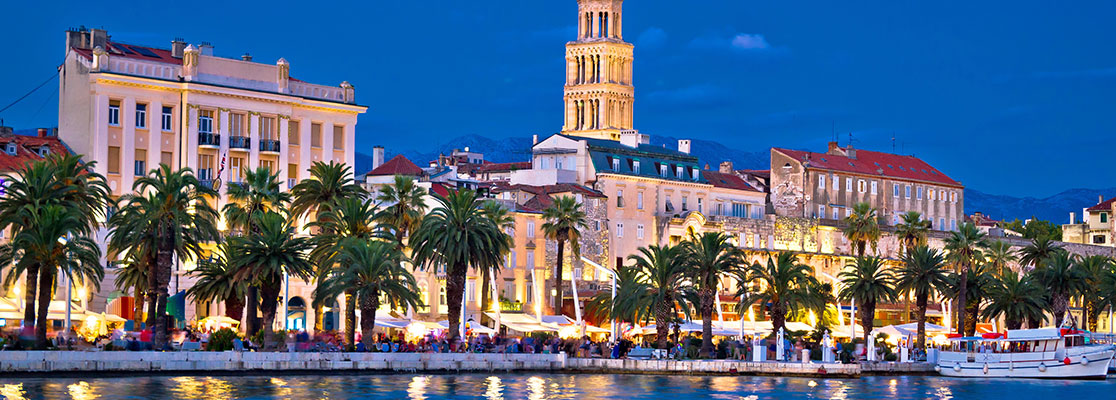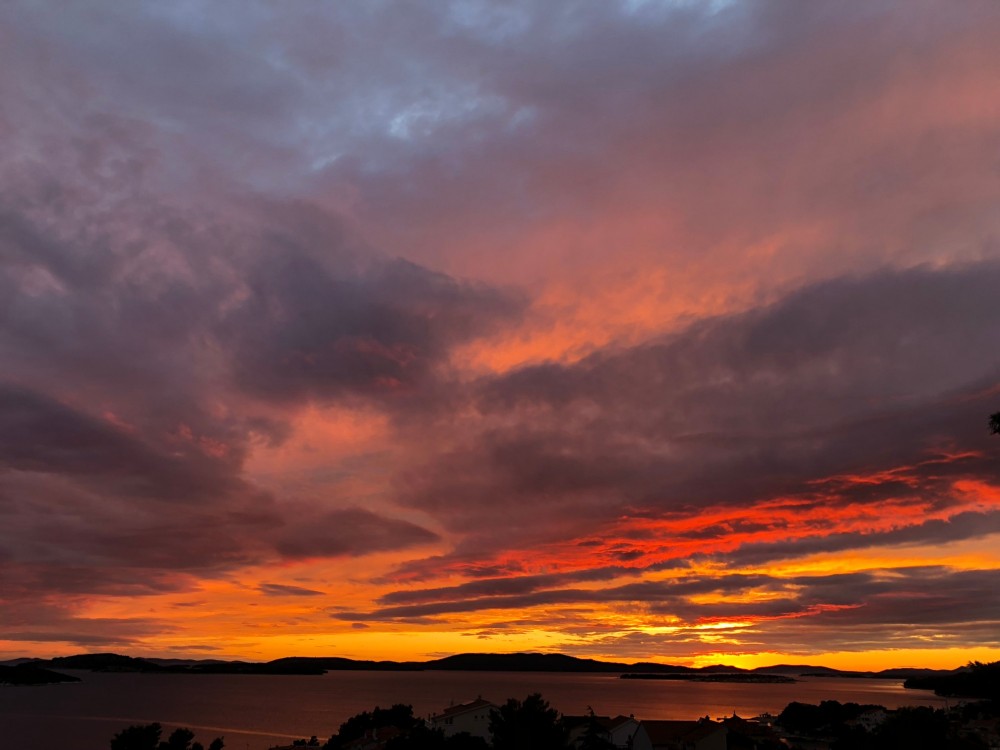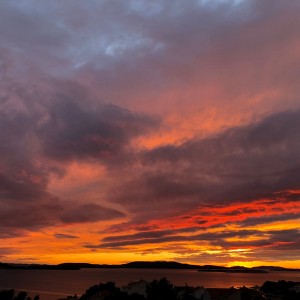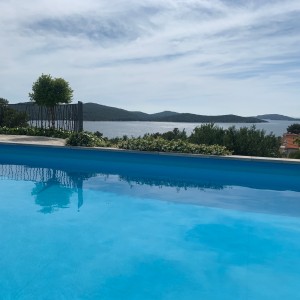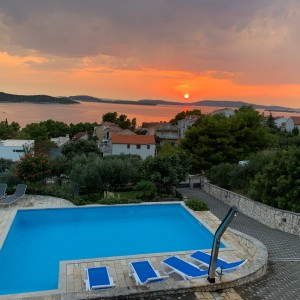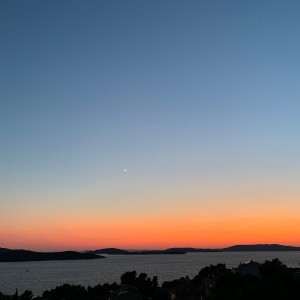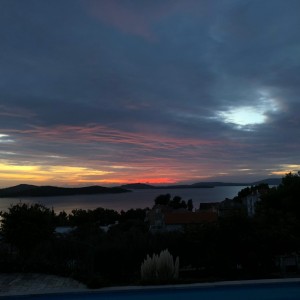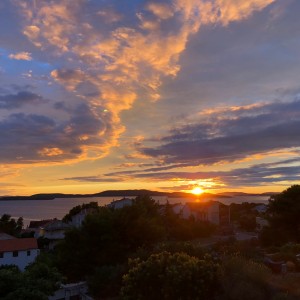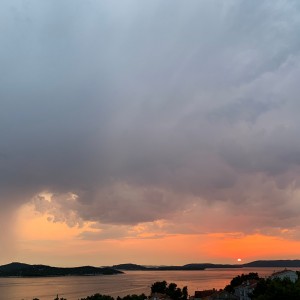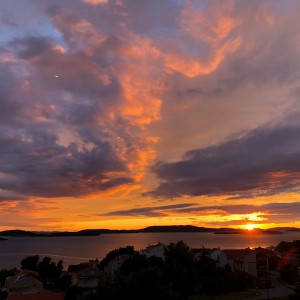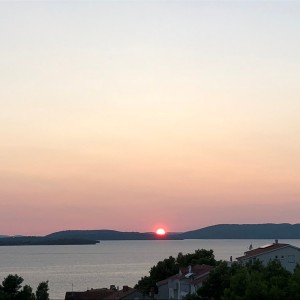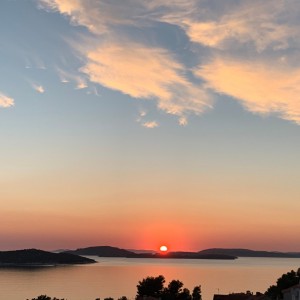Split, the second largest city in Croatia, is a mix of modern life and ancient history. With ruins dating back to the Roman Empire, a bustling waterfront, and fresh seafood served daily at many of the restaurants in town, Split is well worth a visit on a tour through Croatia.
Split, the second largest city in Croatia, is a mix of modern life and ancient history. With ruins dating back to the Roman Empire, a bustling waterfront, and fresh seafood served daily at many of the restaurants in town, Split is well worth a visit on a tour through Croatia.
Split, the second biggest Croatian city, is known for ancient sights, sandy beaches and rich nightlife. Alongside Dubrovnik, Split is the most important part of Croatia tourism, featuring millions of visits every year.
Continue reading to find out main beauties of Split that attract so many people every year.
What to visit in Split
Diocletian's palace, the most significant cultural tourist attraction of Split, was built by Diocletian, a Roman emperor notorious for persecution of Christians. In his luxury palace, he spent the last few years of life.
The Split Peristyle, a square located at the eastern part of the palace, is considered as the most beautiful in the city.
Golden gate
Golden gate, the most attractive entrance to the Diocletian's Palace, is almost completely preserved.
The statue of Gregory of Nin (Grgur Ninski), located just near the entrance, reveals master craftsmanship of Ivan Meštrović, the most famous Croatian sculptor.
Gregory of Nin, known as Croatian national hero, was medieval bishop and proponent of Slavic worship.
Papalic's palace, a 15th century gothic-renaissance masterpiece made by Juraj Dalmatinac, is located next to the gate. Nowadays, it is the location of the Split City Museum.
Split Riva
Riva in Split is promenade along the sea located near the Diocletian's palace.
Marmont's street and Prokurative
Marmont's street, located between Croatian National Theater and Riva, is another highly attractive street. It was named after Napoleon's General Marmont, which is a very interesting fact because Napoleon and Marmont were actually the occupiers of Split. Still, people liked this man because of huge contribution to the city architecture.
Marmont was also responsible for the architectural design of a Prokurative, a square similar to the Venetian Square of Saint Mark. The square is located just near the end of Marmont's street and monastery of St. Francis located on Riva.
There are many events and festivals held in Prokurative such as the Split Festival of Pop music (original Festival Zabavne Glazbe). The festival gathers the most famous Croatian singers.
Enjoy your walk on this beautiful street and view of the nice and interesting square.
Sustipan
Sustipan (or the peninsula of St. Stephen) is located in district called Zvončac, close to the West Coast. In the Middle Ages, there was a Benedictine monastery and a church. In the 19th century, one of the most famous cemeteries in Croatia was built on Sustipan.
Today, there is a beautiful small forest park ideal for socializing and romantic walks.
Split market (piazza)
The most vibrant area of Split is piazza (Split market). Piazza manifests agricultural wealth of the Split hinterland. You can taste and buy real Dalmatian and Mediterranean specialties.
Olive oil, characterized by exceptional and unique taste, is one of the most delicious Mediterranean specialties.
Many of Dalmatian wines are famous, for example red wine Babic from Primosten is widely known.
Dalmatian prosciutto and cheese are also worth tasting.
Marjan forest park
If you are looking for a place for recreation, running, cycling, a romantic or family walk in Split, there is one which includes all those activities. It is Marjan forest park.
The main Marjan path is about 1700 meters long. It is ideal for families with small children because there are no cars. It is only necessary to watch out for bikers.
Pedestrian and bicycle paths are separated, which makes walking and riding a bike even more comfortable.
If your child doesn't know how to ride a bike, Marjan could be a great place to learn.
It is possible to rent a bike at an affordable price.
For all those who are engaged in running or MTB cycling, Marjan is also an ideal place. There are numerous forest roads, trim trails and workout places.
There are three beaches located at the foot of Marjan hill: Kasjuni, Bene, and Kastelet.
Split beaches
Split features amazing beaches, which are one of the main aces of its tourist offer. There is all kind of beaches in Split: pebble, concrete and sandy. Some of them are pretty much crowded, yet some are more intimate.
Poljud
Poljud is part of Split known mostly for the stadium of football club Hajduk.
Hajduk was founded in 1911, and for many people in Split, it is far more than a football club: a symbol of the city; almost like a religion.
Hajduk and football are the most common topics in Split cafes.
It is worth to mention beautiful 15th-century Franciscan monastery and Romanesque church of Holy Trinity, both located near the stadium.
What to visit first
If your time in Split is limited to one day or less, then I advise you to visit Diocletian's palace first. The visit includes walking through the old city, sightseeing of squares and buildings like Split Peristyle, Piazza, Museum of Split, Golden Gate etc.
Next thing I would do is walking on Split Riva and enjoying its Mediterranean atmosphere. It would be a great idea to just sit for a coffee in Riva's bars and enjoy the atmosphere together with domestic people. Another attraction that should be visited is some of the beaches in Split, preferably Bacvice. You could try playing Picigin there for a while. In the end, I would visit some of the Marjan attractions like Marjan forest park or top of Marjan hill.


